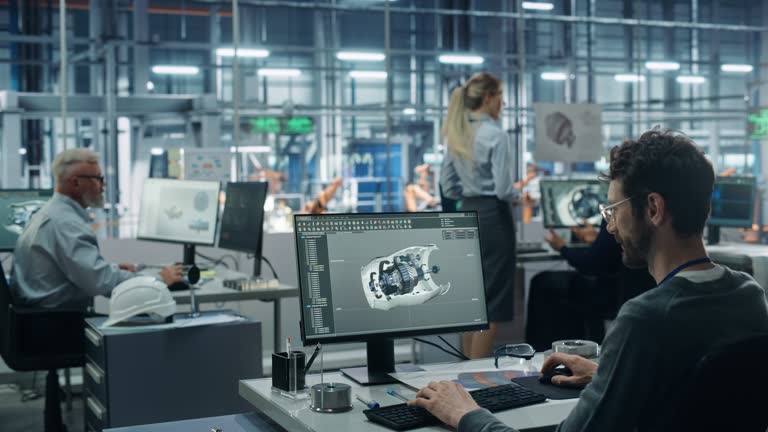In an age where technology drives nearly every field—from communication and healthcare to design and manufacturing—introductory technical courses are more vital than ever. tek-102 is one such foundational course offered across various academic institutions, aimed at building essential competencies in either digital technology or technical drafting, depending on the curriculum path.
Whether you’re a first-year engineering student, a tech enthusiast entering college, or simply someone looking to get a grasp on computers or design tools, tek-102 is often where the journey begins.
What Is tek-102?
While course content can vary by institution, tek-102 generally refers to an entry-level course that introduces students to either:
- Digital Literacy & Computer Fundamentals: Including basic computing principles, productivity software, digital communication, and an intro to emerging tech like AI and cloud computing.
- Engineering Graphics & CAD: Including orthographic projection, descriptive geometry, 2D CAD design, technical drawing standards, and GD&T (Geometric Dimensioning and Tolerancing).
Course Objectives of tek-102
The core goals of tek-102 include:
- Introducing the technical vocabulary needed in digital or mechanical design environments
- Teaching students how to use industry-relevant tools (e.g., Microsoft Office, AutoCAD, SolidWorks)
- Developing spatial reasoning and logical problem-solving
- Enhancing awareness of safe, ethical, and effective tech use
By the end of the course, students should feel comfortable with the fundamental principles that drive modern technological systems and visual communication.
Inside the tek-102 Curriculum
Depending on the institution and program focus, you might encounter:
- Hardware & Software Basics: Learning how systems operate
- Internet & Networking: Digital communication and security
- Engineering Drawing Techniques: Sketching, multi-view drawings, isometric projections
- CAD Software Training: Using tools like AutoCAD or SolidWorks for creating technical plans
- Descriptive Geometry: Understanding spatial relationships in 2D and 3D
Lab sessions, hands-on exercises, and real-world design problems are often central to the learning experience.
Tools and Software Used in tek-102
- AutoCAD or SolidWorks for drafting and design
- Microsoft Excel, Word, and PowerPoint for productivity and presentation
- Cloud storage tools like OneDrive or Google Drive
- LMS platforms like Moodle, Blackboard, or Canvas for course management
What Makes tek-102 Valuable?
This isn’t just an academic requirement—it’s a life skill builder. Here’s why tek-102 stands out:
- Helps students think visually and logically
- Prepares learners for multidisciplinary collaboration
- Offers early exposure to industry-standard tools
- Encourages hands-on problem solving
- Builds confidence in both digital and technical domains
Whether you’re headed toward mechanical engineering or marketing, this course gives you a powerful edge.
Common Challenges and How to Overcome Them
- Steep Learning Curve in CAD: CAD tools can be intimidating. Use tutorials and attend extra lab sessions.
- Understanding Geometric Terms: Practice by sketching objects in different views to improve spatial awareness.
- Keeping Up with Weekly Tasks: Stay organized. Break large assignments into daily milestones.
Don’t hesitate to ask your instructor for support or form study groups with peers.
Tips for Succeeding in tek-102
- Practice consistently—especially CAD work.
- Use online forums and YouTube for additional explanations.
- Ask questions early—don’t wait until the final weeks to clear doubts.
- Attend all labs—they’re where theory meets real application.
- Keep a digital and sketchbook log of your work to track progress.
Career Relevance of tek-102
Skills from tek-102 are transferable to many roles:
- CAD Technician
- Design Engineer
- IT Support
- Technical Project Assistant
- STEM Educator
Even if you pivot away from a tech-heavy field, you’ll still benefit from the analytical and digital literacy developed in this course.
What Former Students Say About tek-102
Many students report that:
- The course gave them unexpected confidence in using digital tools
- They learned to appreciate visual problem-solving
- It opened doors to internships or lab assistant roles
- They left with a portfolio of technical drawings or digital projects
Conclusion: Why tek-102 Is More Than Just a Class
It is more than an introductory course—it’s a gateway to understanding how technology works, how engineers design solutions, and how digital tools can be used effectively across industries.
If you’re just getting started on your academic journey or looking to fill in some tech knowledge gaps, this course is a solid investment in your future.
